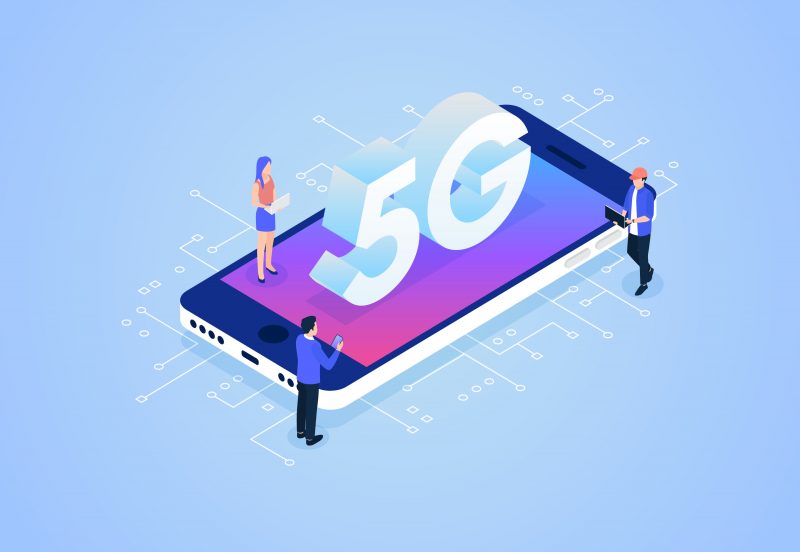With each generation of technology comes an increase of devices in our lives and with them, an increase of radio frequency (RF) waves in the environment around us. The latest “fifth generation” of tech, more often to referred to as 5G comes with a lot of hype, some of which is not positive as concerns regarding its effect on human health has become a source of debate.
The concern over 5G has been sparked by a couple of factors. Chief among them is the fact that it uses higher frequency radio waves than previous technology. All RF waves fall somewhere on the electromagnetic frequency spectrum, which can cause concern given that the World Health Organization has labeled EMF waves as “possibly carcinogenic for humans.”
This is because all EMF waves present some level of radiation. Whether it’s household appliances, smart devices, computer screens or the sun, all EMF waves carry with them radiation that could cause a heightened risk of cancer. That said, the scientific community is in agreement that low level non-ionizing radiation emitted by electronic devices does not have the sufficient power to damage human tissue.
Famously, a 2016 study from the National Toxicology Program suggested a connection between cellphone use and the development of tumors in rats. But as the LA Times noted, there were inconsistencies in the research that make the results questionable.
In the end, most agencies agree that more research into the effects of EMF waves on human health is needed and that 5G could be an area of concern due to the increased number of towers it will require in order to deliver the faster download speed and reduced lag in sending and receiving information that it promises. More towers means more radiation, and at some point it’s only natural that concern lives in the minds of citizens and the halls of Congress.
How Bad is 5G Radiation?
Part of the reason that the research which has been done hasn’t been able to draw clear conclusions is that radiation from electronic devices is not that strong. As previously mentioned, it falls into the category of non-ionizing radiation, which is characterized by longer EMF waves that lack the intensity to cause cellular damage.
In terms of a carcinogenic context, currently radio frequencies are classified in the same category as pickled vegetables.
Where EMF waves do become dangerous is through ultra violet rays, x-rays and gamma rays like those used in some medical procedures which occur at a much higher frequency and intensity, and are shorter in length. Heightened exposure to high frequency EMF waves can cause neurological and physiological dysfunction by damaging the nervous system.
Facts vs Myths
While it is possible that our devices could hold consequences for our health and that increased radio frequencies from 5G technology could exacerbate this, it’s important to separate the facts from conspiracy theory that regularly make the rounds on the internet.
In recent months, this has ranged from stories of mysterious bird deaths in the Netherlands to pictures of people working on what appear to be cell phone towers wearing hazmat suits. The majority of these rumors come from sites that deal in pseudoscience and spread via social networking sites such Facebook and Twitter.
In the end, there’s been no conclusive evidence to suggest that 5G technology is going to be more hazardous to human than the technology we currently find ourselves surrounded by. Further study and consistent monitoring of population health and how radiation from electronic devices may contribute to disease is needed.
